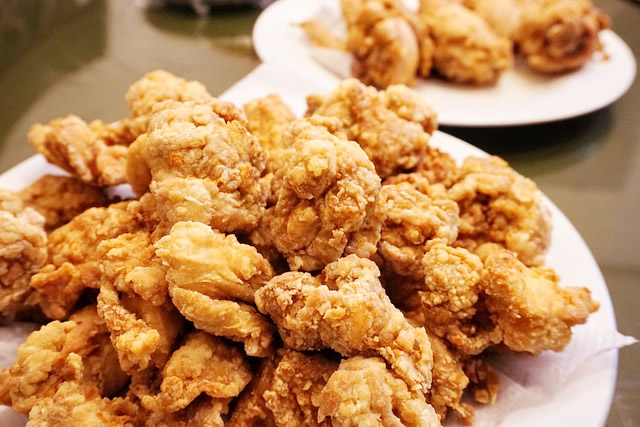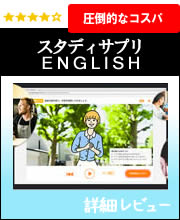先日から「The world’s surprising fried chicken capital -「世界も驚くフライドチキンの街」を読んでいます。

・「世界も驚くフライドチキンの街」(1)
・「世界も驚くフライドチキンの街」(2)
But fundamentally, karaage is the final result of a multi-generational history that spans continents, the age of exploration, cross-cultural pollination, famine and world wars.
しかし基本的に唐揚げは、大陸、大航海時代、文化的異種交配、飢饉、世界大戦など、何世代にもわたる歴史の最終結果なのだ。
It’s a fried chicken unlike any other and it’s considered the soul food of Nakatsu.
他にはないフライドチキンであり、中津のソウルフードとも称される。
The origins of karaage can be traced to the 16th Century when Portuguese missionaries arrived on Japanese shores of Kyushu Island through the port at Nagasaki and brought their fried cooking methods with them.
唐揚げの起源は16世紀、ポルトガル人宣教師が長崎港から九州に上陸し、油で揚げる調理法を持ち込んだのが始まりとされている。
Slowly, Japanese denizens began to adopt some of these Western ways into what today would be considered tempura.
そして日本の人々は少しずつ、こうした欧米流のテンプラを取り入れていく。
At the time, however, the Japanese diet was mainly pescatarian, which could be attributed to their Buddhist beliefs.
だが当時の日本人の食生活は、仏教の影響もあり、魚介類が中心だった。
Eating chicken didn’t come into the picture until tragedy struck the island nation.
鶏肉を食べるようになったのは、この島国が悲劇に見舞われてからだ。
During the Kyōhō era (1716-1736), a widespread famine practically wiped out the rice crop on the island of Kyushu and killed tens of thousands of people.
享保年間(1716~1736)に九州で大飢饉が発生、稲作が壊滅状態になり、数万人の死者が出た。
According to Livestock Production in Kyushu (in Japanese), in order to restore finances,
日本語で記された「九州の畜産事情」によると、財政再建のため
livestock「(牛・馬・羊などの)家畜」。
farmers were encouraged to do more poultry farming to sell more eggs and eventually people began to eat chicken once their egg-laying birds had passed their prime.
農家は卵をたくさん売るべく養鶏を奨励され、やがて産卵期を過ぎた鶏肉を食べるようになったという。
poultry「家禽、家禽の肉、鳥肉」。
徳川吉宗の時代に起こった「享保の大飢饉」、これは特に九州の被害が大きかったとのこと。
天候に左右される農業だけでなく、家禽を飼う事で、これ以降の食料供給を安定させる狙いもあったかもしれません。
ここから九州は鶏肉、になっていったんですね。
理由は単純明快!「少ないコストでしっかり楽しく学べるから」。
私自身の経験(高機能でビックリ)をびっしり書いていますので、良かったら読んでみてください。
下のバナーからどうぞ!






